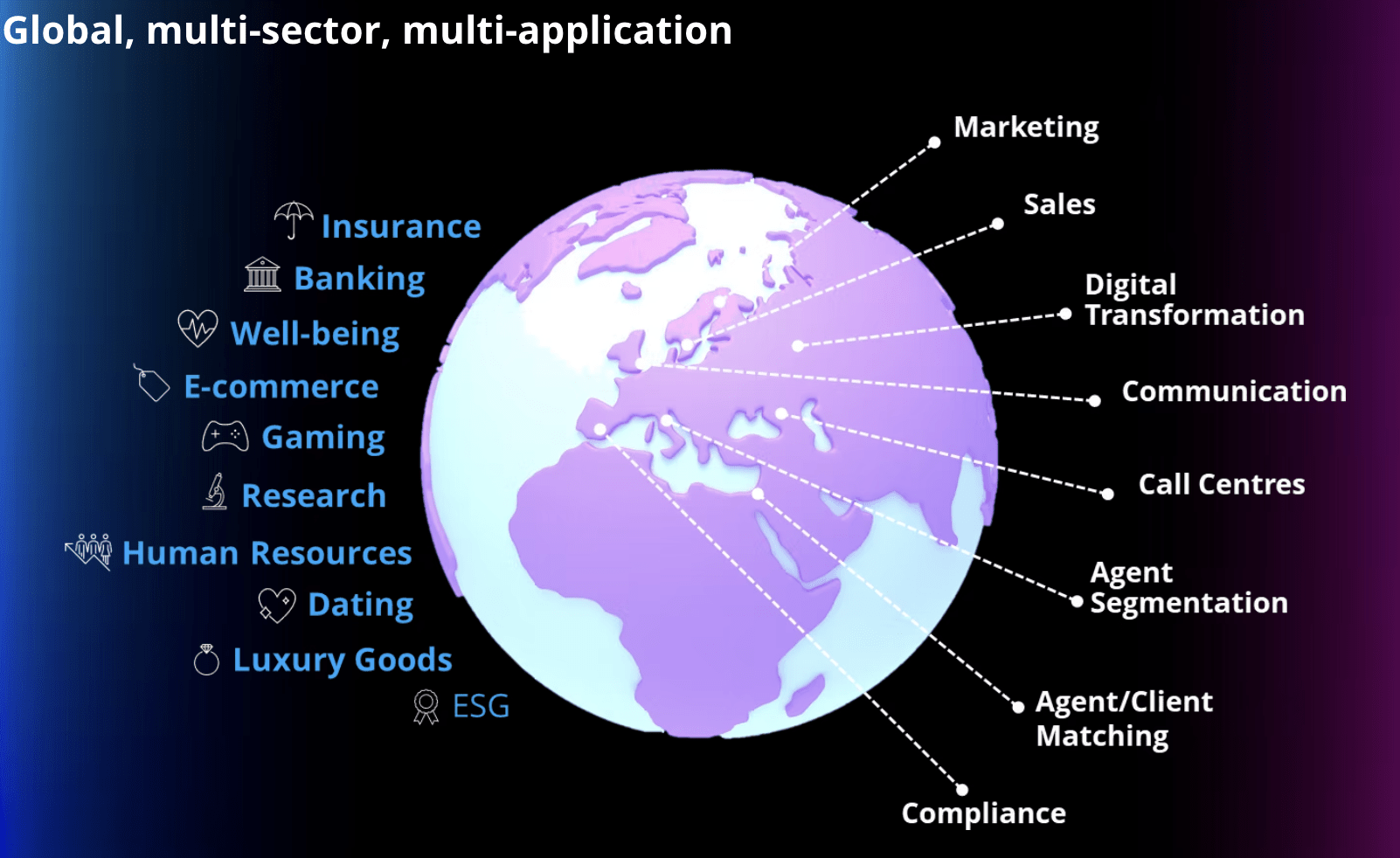The Data Revolution: from AGI to AII
18 September, 2025 | Current General
Artificial intelligence (AI) was created with the aim of serving humanity. However, humanity is not a homogeneous collective, but is made up of countless unique individuals. For AI to benefit not just the average, but every single person, it needs data that captures this uniqueness. The big challenge is therefore: how can AI systems be designed in such a way that they not only reflect average values, but also do justice to each individual person? This is where the mission of “BestFit” comes in.
The answer could lie in a new paradigm: Artificial Individual Intelligence. This approach goes a decisive step further than the current development towards Artificial General Intelligence. Instead of modeling the average person, it relies on data that captures the uniqueness of the individual and derives an individual benefit for everyone.
Data as the lifeline of AI
AI thrives on data. Today, it mainly comes from collections of texts on the internet, from scientific publications or from commercially licensed sources. However, this basis only superficially captures how people communicate or what information is publicly accessible. What it does not capture are the inner characteristics of a person, their cognitive patterns, values, emotions and decision-making styles.
This is precisely where the BestFit platform comes in. It takes a radically different approach: instead of analyzing behavior based solely on demographic categories, past purchases or click paths, the psychological foundations are made visible. “BestFit” refers to this as a psychological fingerprint. A person’s inner dispositions are as unique as their physical characteristics.
Scientifically sound and ethically sensitive
The “BestFit” platform is based on behavioral science and relies on a transparent methodology rooted in Nobel Prize-winning research. In an indirect survey process lasting just two minutes, over 35 different personality traits can be recorded: from cognitive styles, values and emotions to decision-making mechanisms. The highlight: with a participation rate of around 90 percent, not only is a high data density achieved, but also an authentic image of the personality, which is free from the distortion that often occurs with classic questionnaires or superficial data collection.
The result is a deeper level of data that is clearly different from conventional, purely external information. These internal characteristics open up new perspectives for applications in education, health, the world of work or consumption.
At the same time, BestFit emphasizes the ethical dimension: anyone who looks so deeply into the human psyche bears responsibility. Respectful handling of data, transparency in the process and compliance with the highest data protection standards, including GDPR compliance, are therefore cornerstones of the model.
Opportunity and responsibility
BestFit’s data revolution makes it clear that AI can do far more than just recognize patterns in huge amounts of data. It can learn to respect the individual diversity of people and create real added value for each person.
In this shift from general to individual lies both an economic opportunity and a moral imperative. Because if AI has the potential to advance humanity, it should not do so by reducing us to average values, but by celebrating our uniqueness.
Because if data is the “lifeblood” of AI, then the crucial question is: what kind of data should companies use in the future? The kind that reduces us to average values or the kind that focuses on our uniqueness?
Binci Heeb
Read also: BestFit: Interview with one of the most extraordinary and successful entrepreneurs Sonja Kohn and: Video #5: Sonja Kohn, Entrepreneur – “Humility is one of the ingredients of success”




